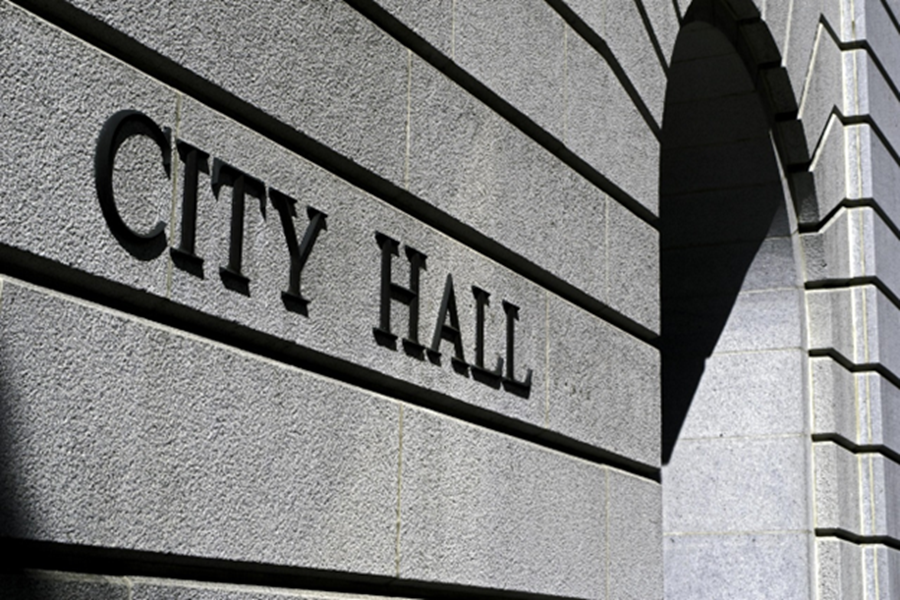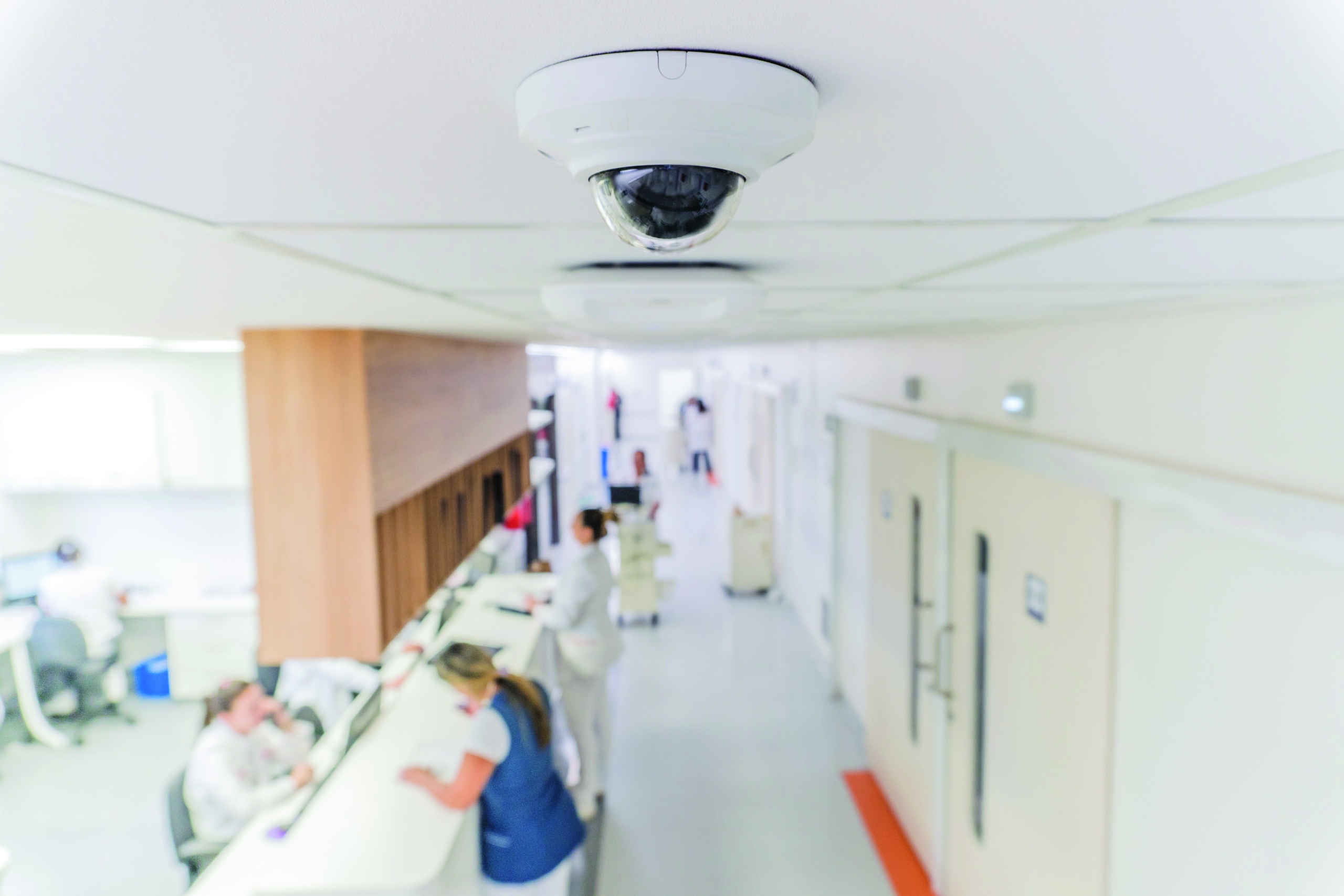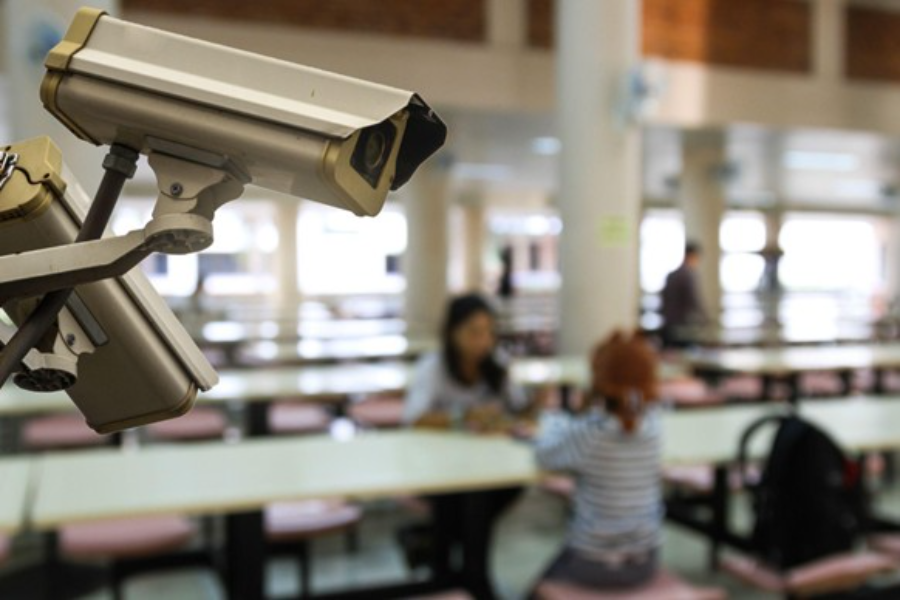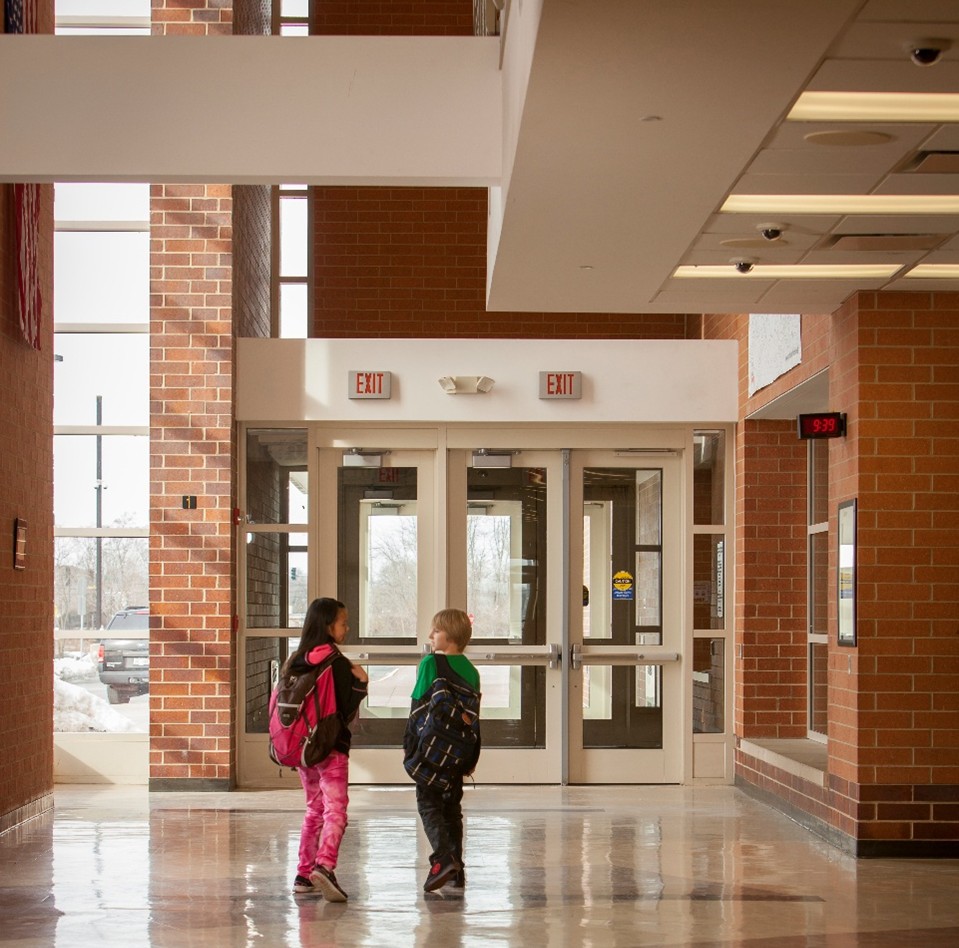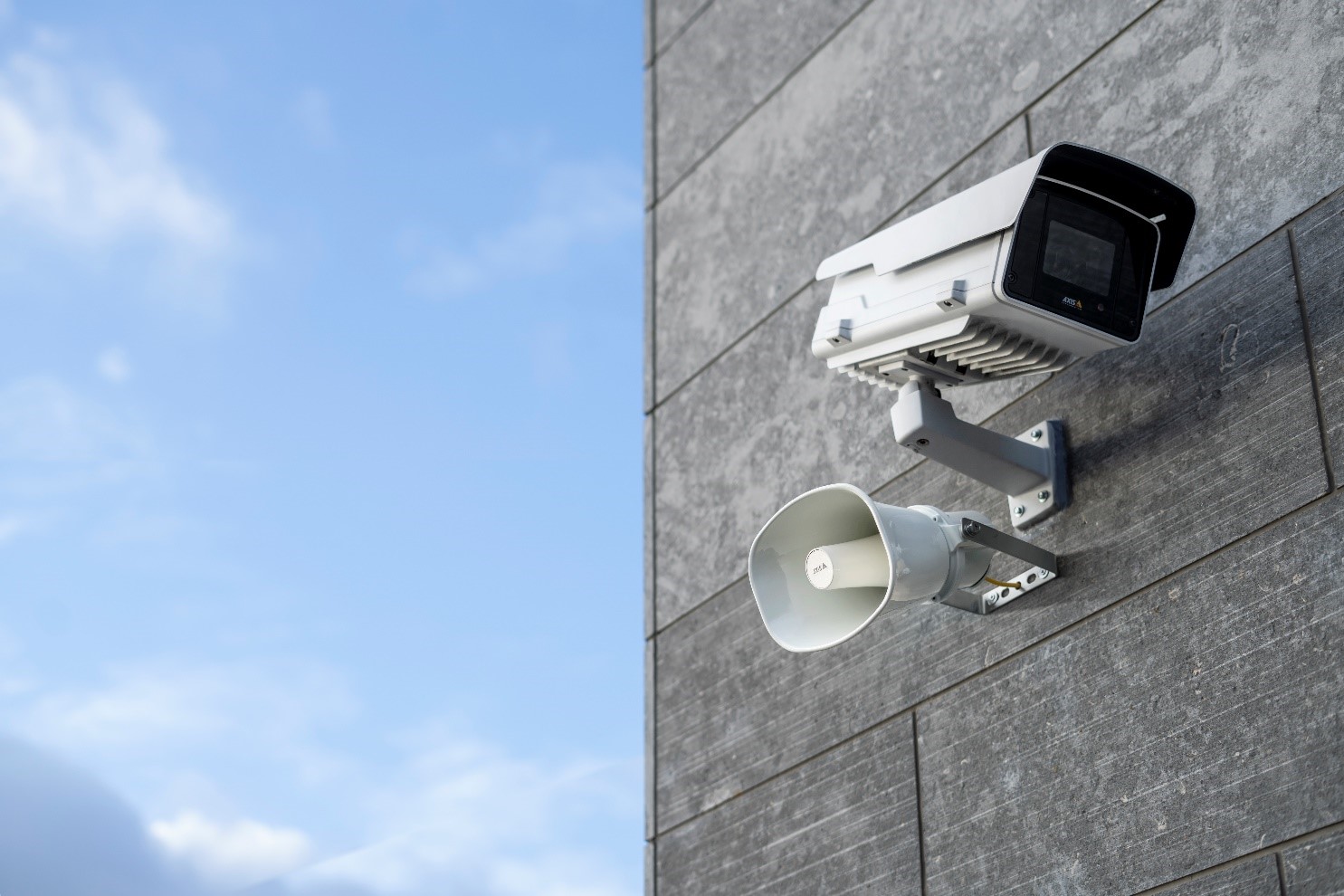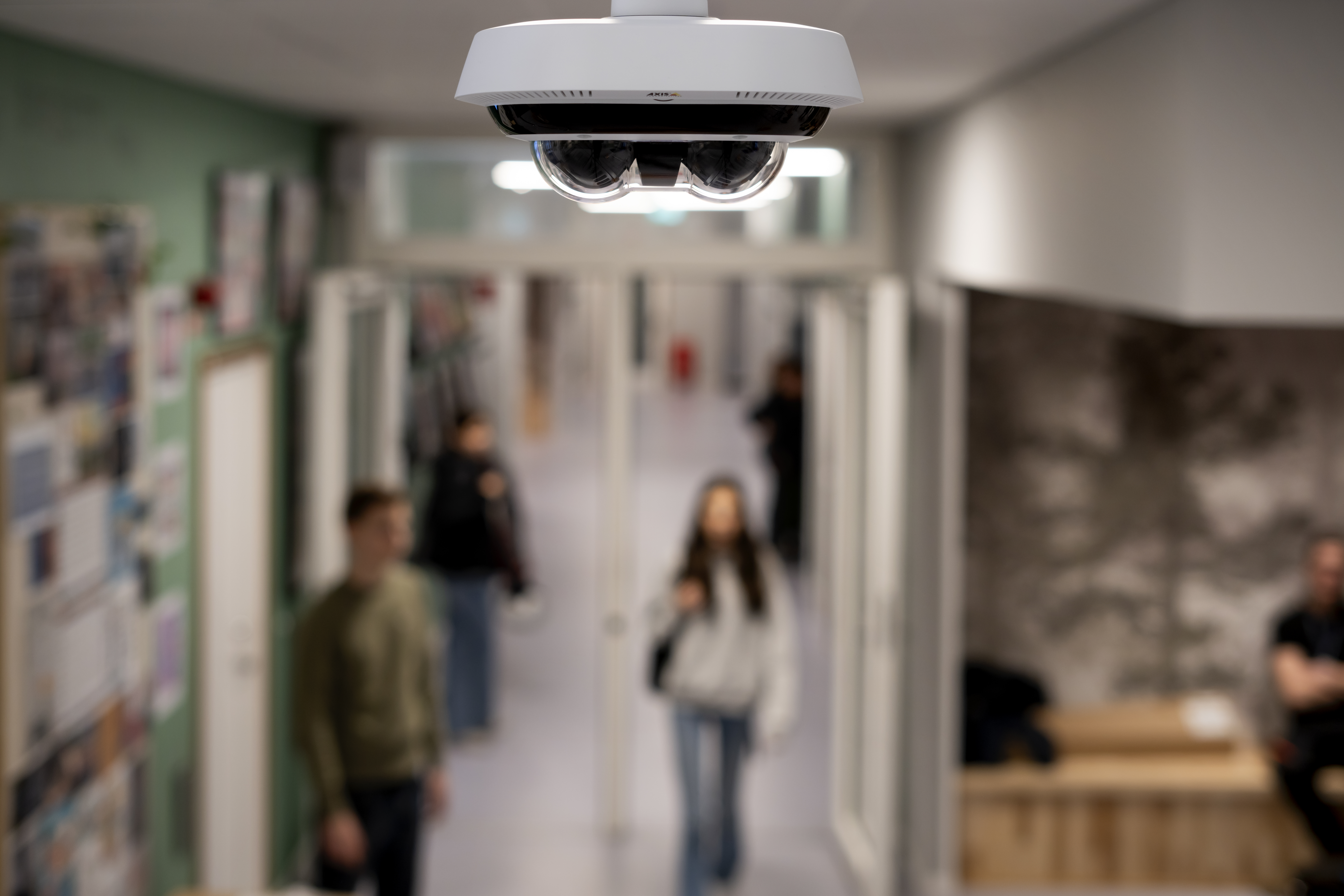December 2, 2025
Modern campuses are fast-moving environments with constant activity, open spaces, [...]
November 12, 2025
Municipal buildings must balance public access with safety. A unified [...]
October 9, 2025
Pharmacies play a crucial role in both healthcare and retail, [...]
September 5, 2025
Municipalities need integrated security systems that combine access control, video [...]
August 5, 2025
Hospitals walk a tightrope. On one hand, they must protect [...]
July 9, 2025
Define clear surveillance goals early. Schools should identify their specific [...]
June 5, 2025
Public spaces like schools, hospitals, and municipal buildings face increasingly [...]
May 6, 2025
In today’s environment, safeguarding schools and public facilities demands a [...]
April 14, 2025
Lockdown and lockout are two distinct security protocols used in [...]
Schedule a FREE
ON-Site Security AUDIT
Take the first step toward a safer facility. Our security experts will assess your site, identify vulnerabilities, and recommend customized building security solutions tailored to your organization, including access control systems, video surveillance, and more.




